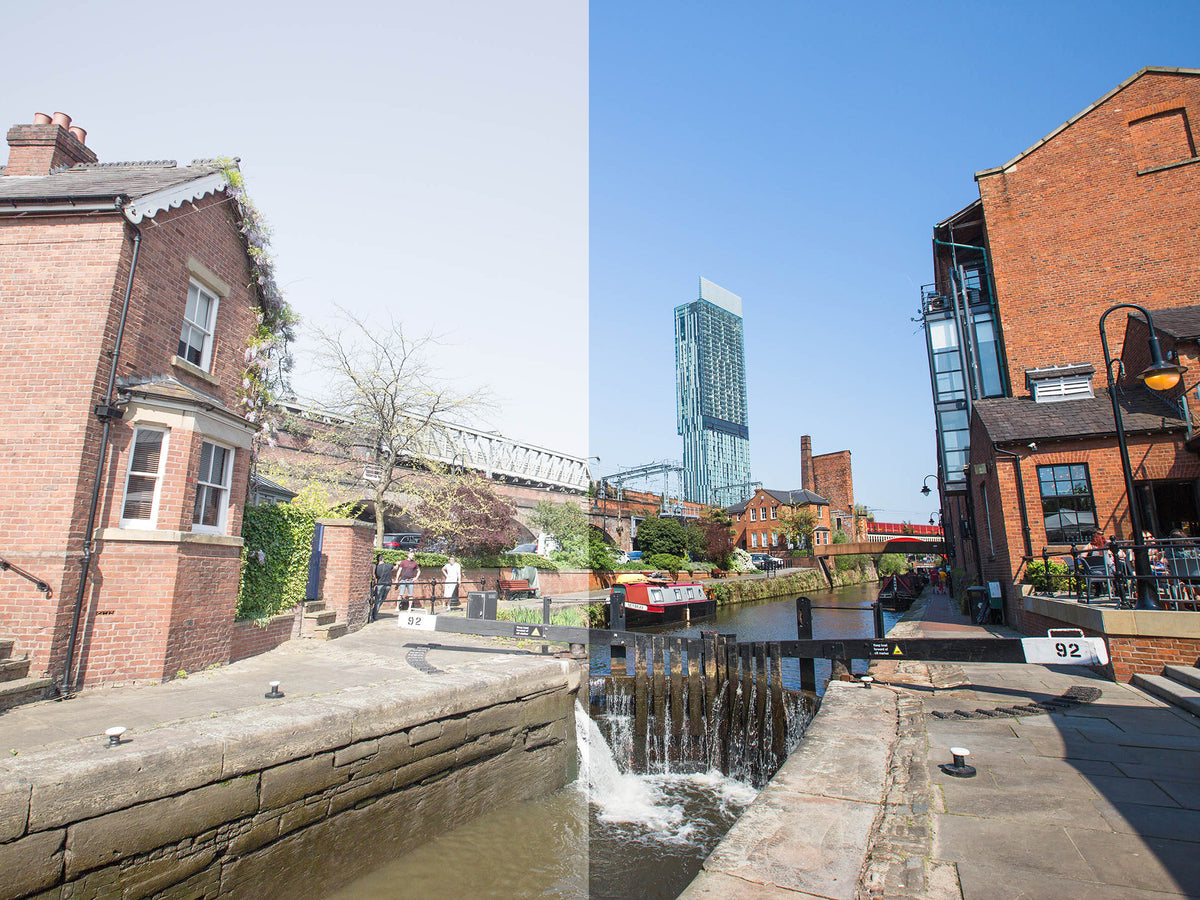You might have seen the phrase ‘polarised lens’ bandied around in the footnotes of sunglasses specifications somewhere. You might even know that polarised lenses have long been the choice of boaters, skiers and other outdoorsy-types because they provide some sort of extra protection. But what does it actually mean if a lens is polarised? And why should you give a hoot if it is, anyway?
Polarised lenses have a special filter that reduces the amount of reflected light or glare that can obscure your view or, worse, damage your eyes. If something has been ‘polarised’ it means that a special film has been applied that blocks out certain frequencies of light that can cause glare. A reduction in glare means that you can see the rest of the world better. So, if you’re wearing polarised lenses and the sun’s reflecting off stuff, like a car windscreen or snow or a misplaced disco ball, you can still clearly make out all the details and colours around you without the risk of almost being blinded.
We’re really into polarised lenses. So much, in fact, that we’re pretty confident when we say the world looks much better when you’re looking through them. To prove this, we’ve hit the good-looking streets of Manchester, on a rare sunny day, and got some sun-drenched snaps of the sights this fine city has to offer. With a bit of help from some technical wizardry, we’ve spruced-up the results so you can get an idea of what you’d see with and without the magic of a polarised lens. Take a look below and get a load of that wondrous, polarised clarity.









